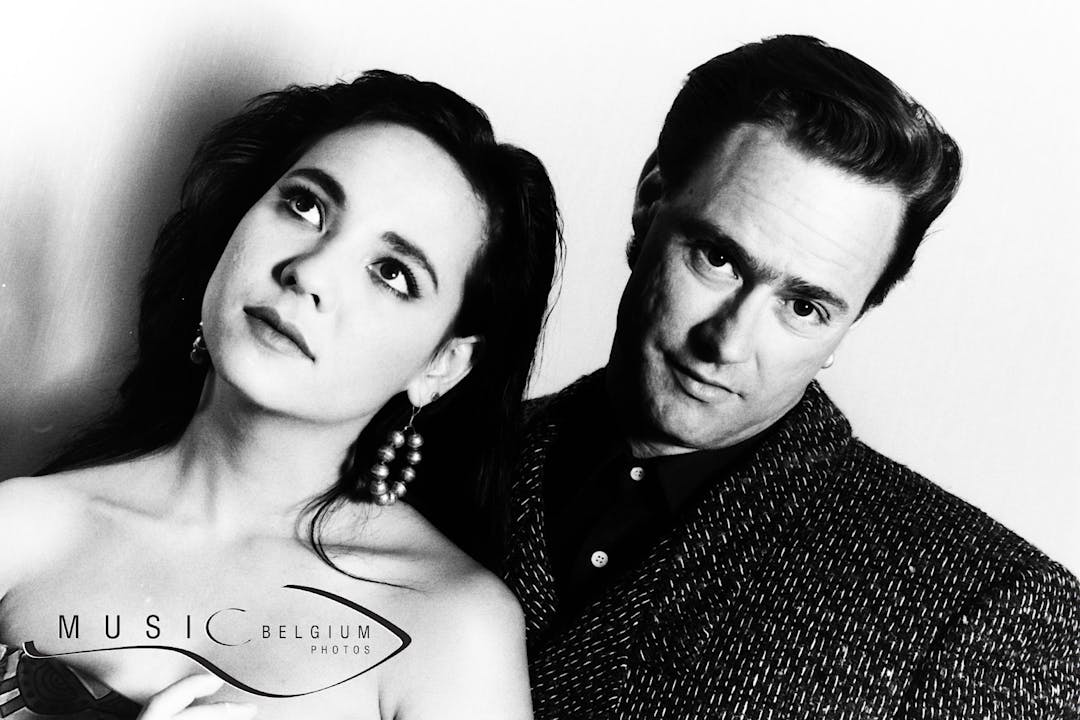
TAGTIK NEWS - TO THE POINT
New revelations about the Titanic sinking: Official theory challenged

A digital reconstruction, based on a complete scan of the famous ocean liner's wreck, sheds light on elements never studied before.
Using 715,000 images and millions of measurements, the company Magellan, an expert in underwater mapping, was able to reconstruct a digital twin of the Titanic, enabling understanding of why and how the ship sank so rapidly.
In 2022, the company Magellan had sent two robots to scan the Titanic wreck from all angles, reports the platform Mac4ever. Thanks to thousands of photos and the digital modelling of the ship, an overview has been constructed. The wreck appeared fixed in rust and mud, in its real state.
Not "separated" but "torn"
It was in 1912, at a depth of 3,800 metres in the North Atlantic. Up until now, only isolated details allowed for understanding how the submersible broke apart to reach the seabed. Today, the scan reveals that the Titanic didn't "separate" into two, but rather tore apart. As Mac4ever reports, the bow, rather well-preserved, sank vertically into the ocean. Meanwhile, the stern broke apart under pressure as it hit the seabed. According to digital simulations, the iceberg pierced the hull in several places, and didn't, as previously suggested, rip open the Titanic over a large area. The holes pierced were the size of an A4 sheet of paper. Given that they followed over such a long length, they led to the flooding of six watertight compartments, instead of the four envisioned in safety scenarios.
The engineers are heroes
An unnoticed element was also uncovered thanks to the scan's analysis: on the stern, a steam valve remained open. This detail confirms that the engineers didn't leave their posts after the impact, focusing on electricity, to maintain it as long as possible. This mobilisation facilitated the launching of lifeboats in the dark night and allowed for sending SOS messages. The team, led by Joseph Bell, probably limited the collision's consequences. None of the engineers survived.
You can find all this information in the National Geographic documentary.
(MH with Raphaël Liset - Source: Mac4ever - Illustration: ©Unsplash)
LATEST NEWS

Jafar Panahi Wins New York Award and is Sentenced to Prison by Iran

Born on December 2: Peter Kingsbery, founder of Cock Robin with firebrand Ana LaCazio

Born on December 1: Julee Cruise, "Twin Peaks'" haunting voice

Born on December 1st: Alain Bashung, French rock poet who waited a long time for success

Born on November 30: Billy Idol, the (kind) rebel of Generation X

Born on November 28: Randy Newman tells stories and makes movies
Quick links